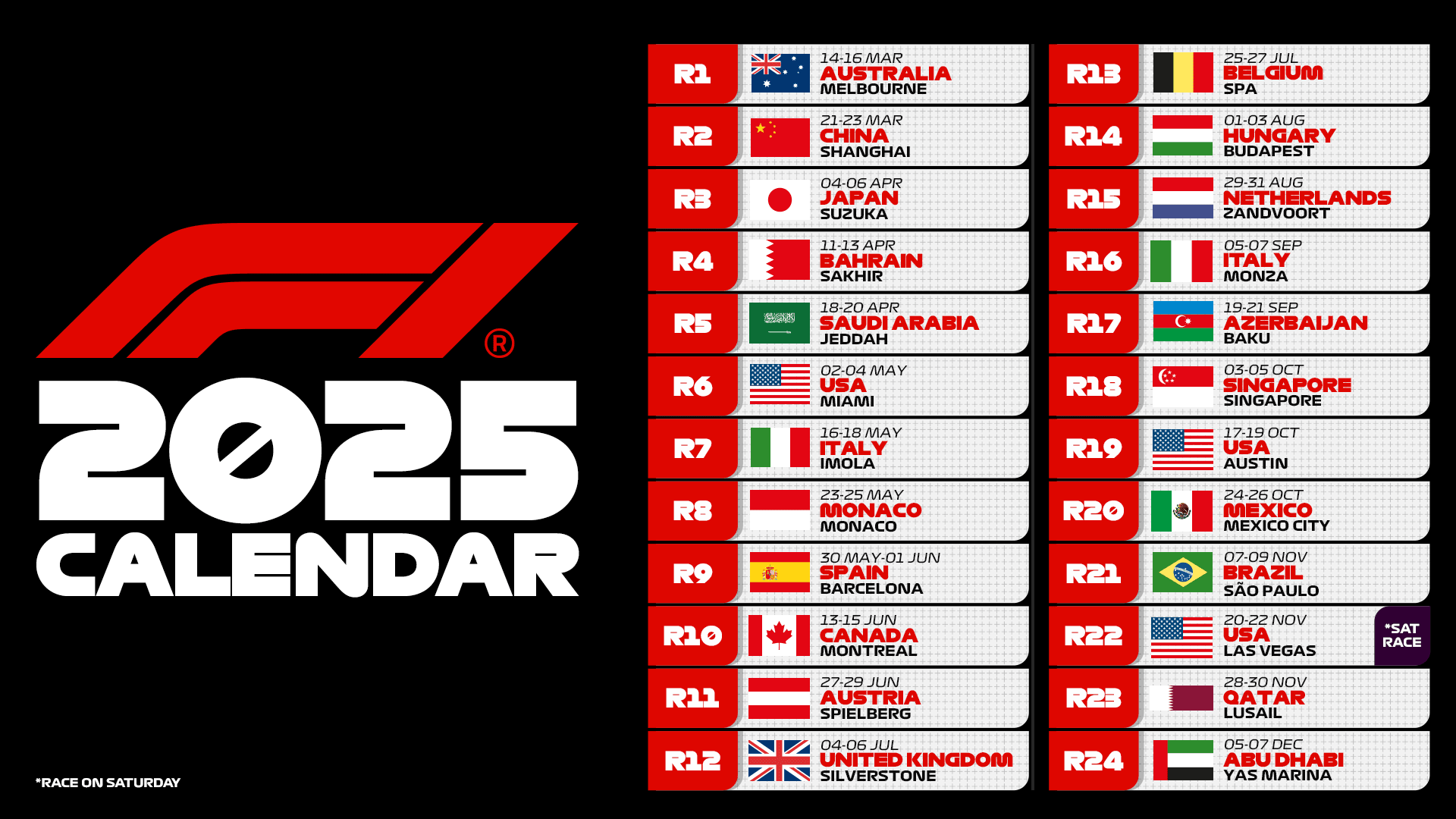In 2026, Formula 1 is set to undergo significant changes as the FIA will introduce new regulations. The cars are expected to be quite different from what we currently see on the track, though very little is known at the moment. The Federation is intentionally trying to delay any decisions for a specific reason: to prevent teams from prematurely shifting their focus to 2026, thus leaving the next two seasons to their own devices.
What Do We Know So Far About the 2026 Technical Regulations?
Regarding the Power Unit (PU), we know quite a bit. However, on almost everything else, there is minimal information. In a previous article, we discussed in detail how the cars are expected to change in 2026, so here, we’ll cover the highlights.
The 2026 engines are practically finalized. In particular, the MGU-H will disappear, and all other components will have a minimum weight requirement, increasing the PU’s weight by about 23% compared to the current ones. Electric power will increase from the current 120 kW to 350 kW in 2026, and the fuel for the ICE (Internal Combustion Engine) will be 100% sustainable.
This will also entail a different layout of components within the chassis, and this is where potential issues might arise. Moving the Power Unit is no trivial matter, as the loads transmitted to the car and the coupling with the chassis need to be carefully studied. However, the chassis and aerodynamic regulations have not been defined yet, and the delay in this aspect could also slow down engine development.
The only hints suggest that the FIA wants smaller and lighter cars. This naturally implies lighter chassis. The width of the cars should decrease by 10 cm, and the wheelbase should similarly shrink, perhaps even more. This would result in cars with less extensive wings and a consequent loss of 30-40% of aerodynamic downforce compared to the current generation of cars. Active aerodynamics are also under consideration.
Decisions on Regulations Postponed Until 2025?
Logic would suggest that a well-defined technical regulation should be established as soon as possible, but not everyone seems to agree, even among those directly involved. It appears that within the Technical Working Group, which includes technical directors from various teams, it has been decided that the aerodynamic development of the 2026 cars should not commence before January 2025.
The main goal of this choice is to prevent the 2024 and 2025 seasons from becoming mere transition years. The risk is that with already defined regulations, teams might allocate the majority of their resources to 2026, making the next two seasons “less significant.” Naturally, this is a situation both the FIA and Liberty Media want to avoid.
Show your support for Scuderia Ferrari with official merchandise collection! Click here to enter the F1 online Store and shop securely! And also get your F1 tickets for every race with VIP hospitality and unparalleled insider access. Click here for the best offers to support Charles and Lewis from the track!
For now, nothing is official, and any decision must be made by the F1 Commission and the FIA. However, the indications seem reasonably clear.
A Look at Audi and Andretti
Currently, it is not yet clear what the future holds for Audi and Andretti in Formula 1. French sources report that the German brand is considering stepping back (in favor of Porsche?), while the American team needs to reach commercial agreements with the FOM (Formula One Management) before being officially admitted to the grid. An early definition of the 2026 regulations could, therefore, put Audi and Andretti at a disadvantage, as they would start working on their car later since they still don’t know their fate.
If everything discussed so far is confirmed, the 2024 car will become crucial. It is challenging to imagine significant investments being made in 2025, especially during the cost cap era, given the new technical regulations that the FIA will enforce from the following year. This is particularly relevant if a team, like Red Bull, continues to dominate, as it has this year. It is more likely that the 2025 cars will be a slight evolution of the 2024 ones, similar to what happened between 2020 and 2021 when the Covid-19 pandemic delayed the introduction of new rules. Therefore, if someone manages to build a significant advantage in 2024, it is plausible that they will maintain it in 2025.
All that’s left is to see the decisions made by the decision-making bodies. What is certain is that no one would like to see cars put on “standby” for two seasons in anticipation of the 2026 revolution.

Source: f1ingenerale












.png)

Leave a Reply